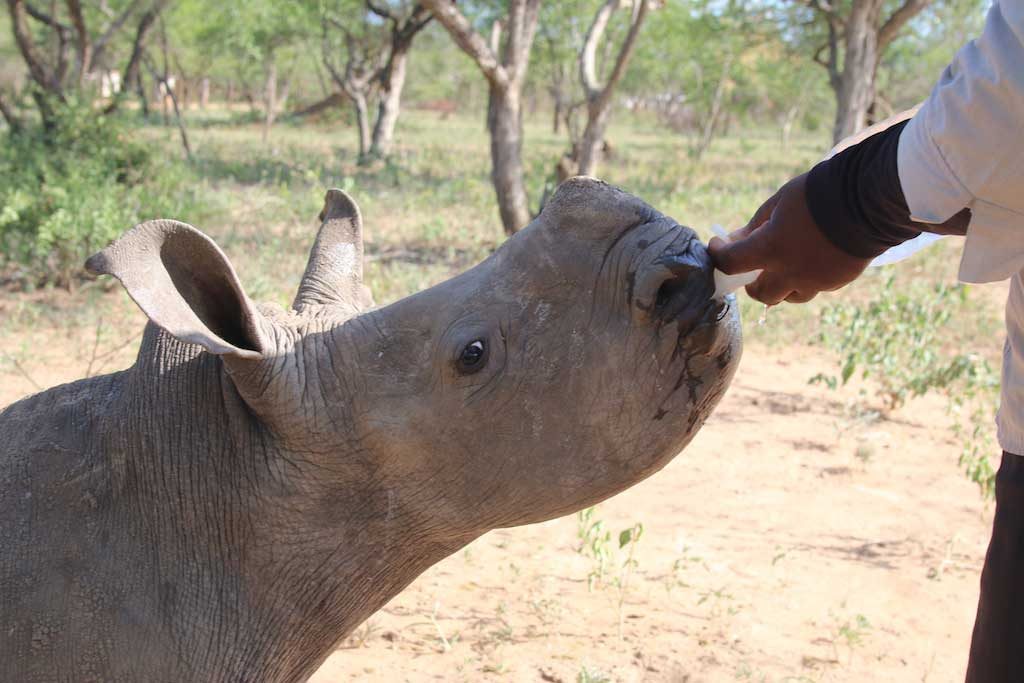Assam: Abandoned and rescued elephant and Rhino calves deprived of mother milk are hard to feed and harder to make them relieve. Despite their sizes, they have a weak digestive system they tend to be lactose-intolerant when fed the closest alternative — Lactogen. However, on the occasion of World Rhino day on Saturday September 22, an animal rescue centre near Kaziranga National Park embarked upon an “elephantine” project to produce the kind of digestible milk that makes relieving easier for calves.
As quoted by The Hindu, Rathin Barman, an official heading the Centre for Wildlife Rehabilitation and Conservation said that, “We have decided to produce milk suitable for elephant calves. Dairy milk has much more fat and carbohydrate content than an elephant calf can tolerate. An elephant mother’s milk has very low fat, but we have to depend on Lactogen though it is not 100 per cent suitable. With the help of an analysing machine (arriving soon), We are trying to get ingredients such as protein, fat, casein and water for producing elephant milk according to our needs.”
According to the experts, What’s good for elephant calves is better for rhino calves, but in a captive environment, they do not take easily to Lactogen. While some have suffered from diarrhoea, some calves take more than 15 days to defecate.
Veterinarian Panjit Basumatary at the CWRC said, “A motherless calf is so distressed that its immune system weakens. Making a calf, used to mother’s milk, accept the nipple of a customised feeding bottle containing Lactogen is a major challenge. This, though, is easier to manage than making a calf poop.”
Shallow muddy trenches in the rhino section help stimulate the lower abdomen and genital areas of the calves enough to make them poop. If this fails, each calf is made to defecate through intensive care. The ‘lock’ opens once the calf defecates.


















